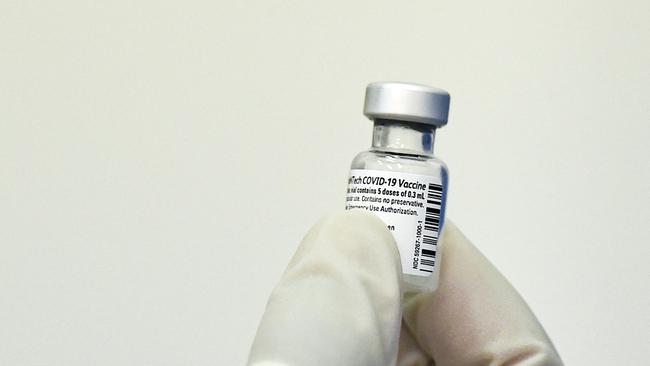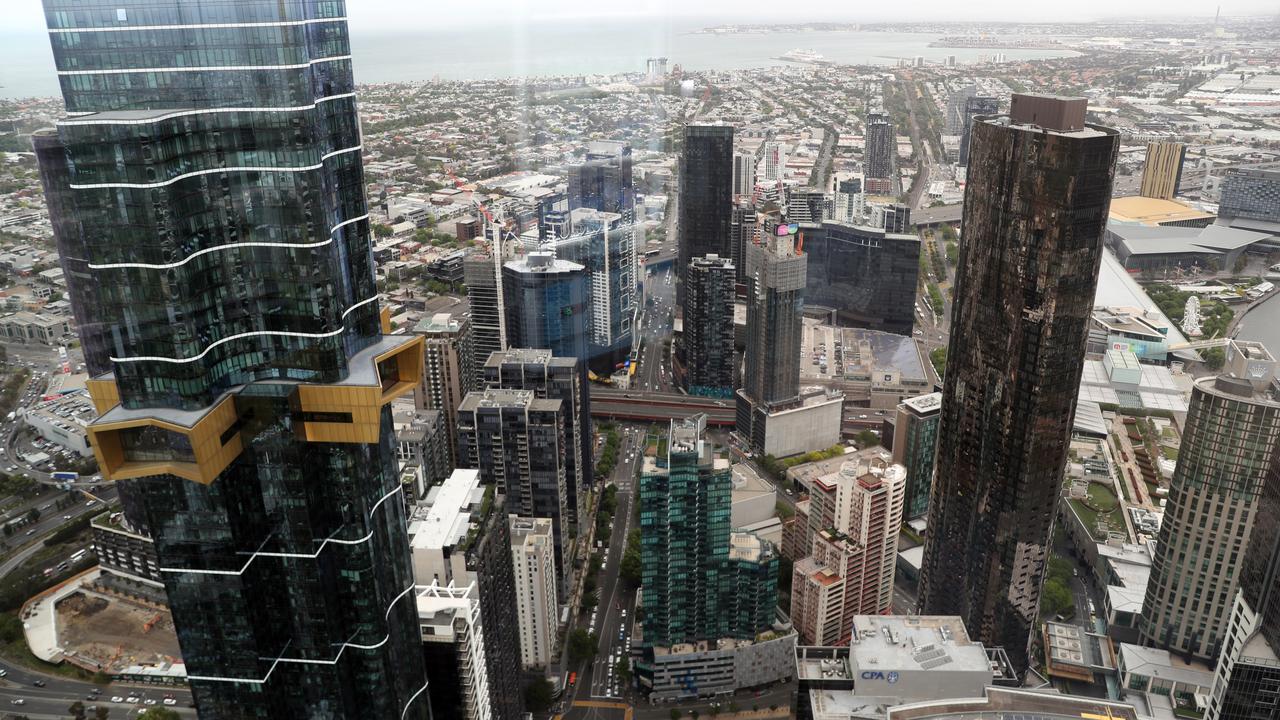China, TINA and mind boggling money for Big Pharma and iron ore majors
First China gave us the virus; now it’s bequeathing us and big pharma a mind-boggling, near-permanent money stream.

Follow the money.
Right now, the three big Pilbara iron ore miners are wallowing in it thanks to China. Absent China taking a very big and very sustained time out, the super-dollars look assured at least through to 2025 on the basis of Maggie Thatcher’s “TINA principle”.
There Is (simply) No Alternative.
What used to be the principal and indeed dominant Pilbara competitor, Brazil, is mired in long-term and perhaps irredeemable environmental disaster. And the “great hope” — once upon a time for Rio, and now for China, Guinea in Africa — is at (optimistically) best a post-2030 proposition.
China might be able to play games with wine, with lobsters, with barley, even with both energy and met coal, and with whatever else at a bureaucratic whim, but if it wants to keep the machine going, it has to just grit its collective teeth, accept those billion tonnes a year of rich red WA soil and pay the piper.
In the words of the song from Evita: the money (just) keeps rolling in — to the coffers of BHP, Rio and Fortescue; and then on to their shareholders in record dividends, to Canberra in record company tax, and to Perth in record royalties.
So rich is that royalty stream going to be, WA will be the only government in the country to have a budget surplus this year, even though it will still be screwed on the GST allocations.
Indeed, maybe Premier Mark McGowan could write out a cheque to Prime Minister Scott Morrison. Although, come to think of it, that’s exactly what WA will do next year when it gets reallocated even less in GST repayments.
We’ll come to those iron ore numbers in a moment; but first, there’s another huge money flood building, also thanks to China.
First China gave us the virus; now it’s in the process of bequeathing big pharma a probably near-permanent money stream to rival and even dwarf those Pilbara dollars, as COVID vaccines become the “new black”, so to speak, and even more ubiquitously than big pharma’s flu vaccines.
We got a clue to just how lucrative that is going to be in the CSL numbers — ironically, from what it was doing in printing money from its flu vaccine.
In 2020, people rushed to take the flu jab like they haven’t in recent years or even decades — even though, thanks to near-universal travel bans and global lockdowns, 2020 was the least likely year in decades for getting the flu because there was quite literally hardly anyone you could get it from.
In simple terms, CSL was making a marginal profit of more than 90c in every extra revenue dollar from each extra flu vaccine; it and the rest of big pharma is going to make similar margins on the COVID vaccines, and do so in much bigger, well, doses.
If we, not unreasonably, annualise the BHP and Fortescue half-year numbers and add them to Rio’s full-year numbers for calendar 2020, we get a picture of the just how staggering is a one-year bounty out of the Pilbara.
I wrote “not unreasonably”; I could better have described it as “grossly understating”. Over the half, BHP got an average of $US101 ($130) for its iron ore, Fortescue got proportionally less for its inferior ore. Rio of course only got that peak price for its second half.
In the six weeks since the end of the half/year, the iron price has been and stayed way above $US100; it would have to fall quickly, dramatically and sustainably for the three not to average well over $US100 over the June half.
Bear that in mind as I detail these numbers (on a full-year basis) for the trio. Iron ore revenue $US74bn ($96bn); gross profit (EBITDA) $US52bn ($7bn) — a gross margin of an unimaginable, in more normal times, 70c in the revenue dollar.
I estimate annualised iron ore net profit of the trio at around $US30bn ($38bn) after paying $US20bn ($26bn) in company tax and WA royalties.
Yes, it might come back, not so much to earth but to Earth’s orbit. But the numbers are going to stay huge — along with the amount of carbon dioxide that China will continue, as a consequence, to pump into our shared atmosphere.
That’s what China’s bequeathed the big three and Australia; the billions it has bequeathed big pharma are at least as, for want of a word, impressive.
I doubt that many, if any, of you know — I certainly didn’t — that there is a huge difference in what countries are paying for the vaccines. How huge? This huge: the EU is getting its AstraZeneca vaccines for just $US2.15 a dose; the US is paying $US19.50 a dose for its Pfizer doses. Other prices range from $US3-$US4 being paid by the UK and the US for AstraZeneca out to around $US15 per dose.
How do I now know? Thanks to an article in The BMJ (formerly the British Medical Journal).
How does The BMJ know? Because, and I quote: “Belgium’s budget secretary inadvertently revealed the EU’s negotiated prices for every major vaccine on Twitter.”
Ah, you gotta love those tweeting idiots.
You’ve also got to NOT love those EU bureaucrats; and I quote again: “The EU had undertaken to keep the prices confidential in return for discounts”.
Translated: for a discount, we, the moralising EU will help big pharma screw the third world. South Africa is paying $US5.25 for its AstraZeneca doses.
The simple maths points to the coming bonanza. Say four billion people getting two doses every year at $US5-$US10 a dose; that adds to $US40bn to $US80bn in perpetuity.
But the real cream with the vaccines, as CSL showed, is in the marginal dose.
Yes, overall CSL made a healthy gross profit of 66c in every vaccine revenue dollar. But it increased the vaccine gross profit by $US369m on revenues that only increased by $US399m.
That’s a marginal gross profit of US92c in the revenue dollar.
Thank you China; Christmas card from us and big pharma to follow.



